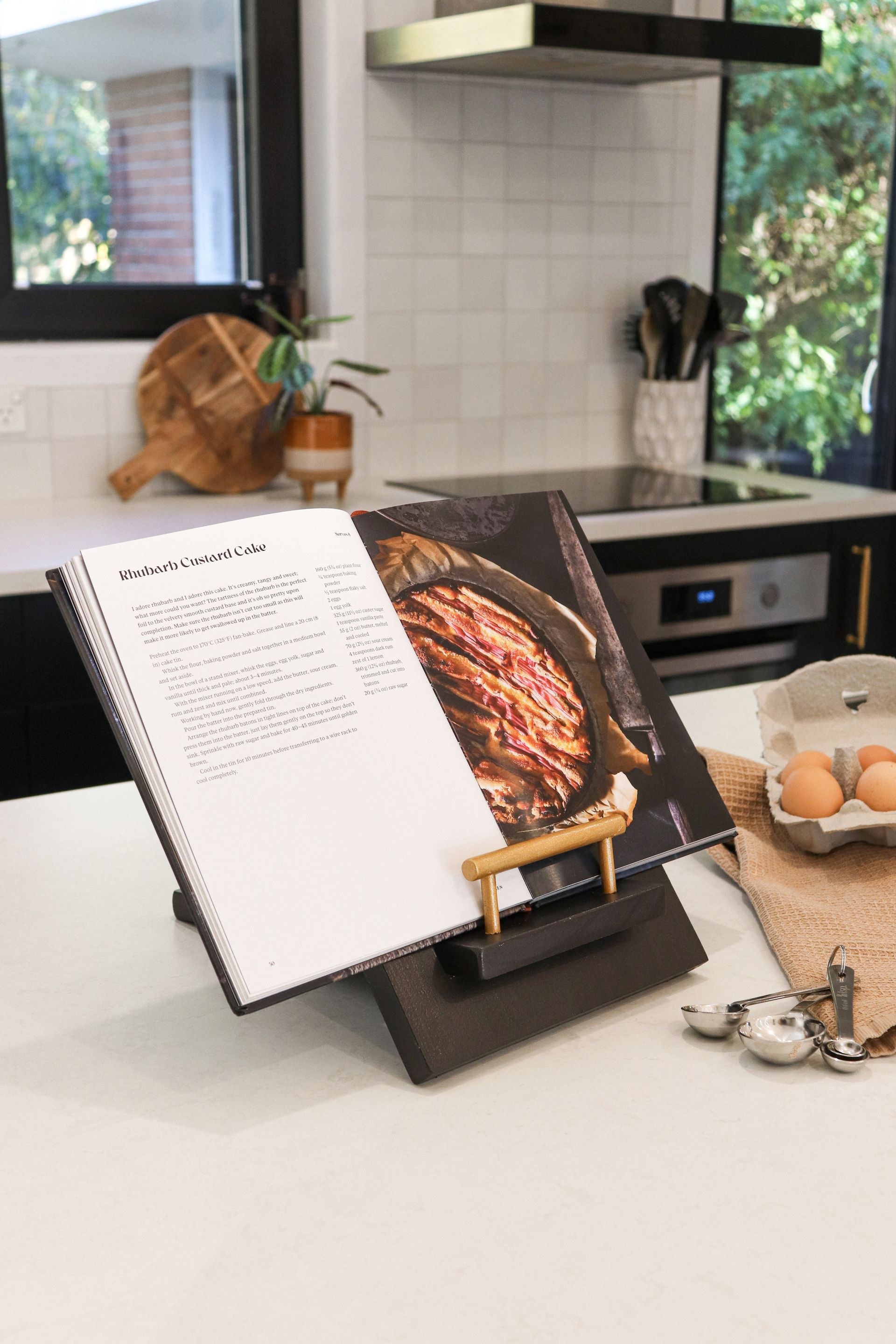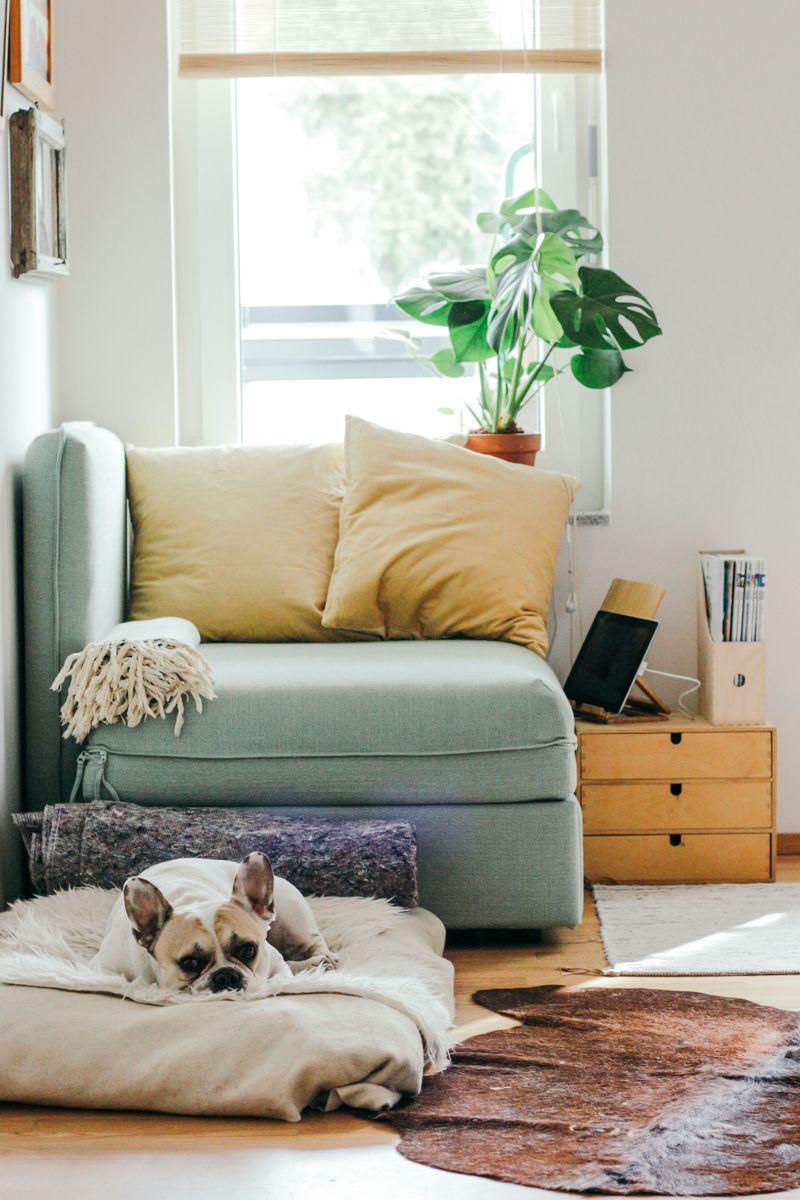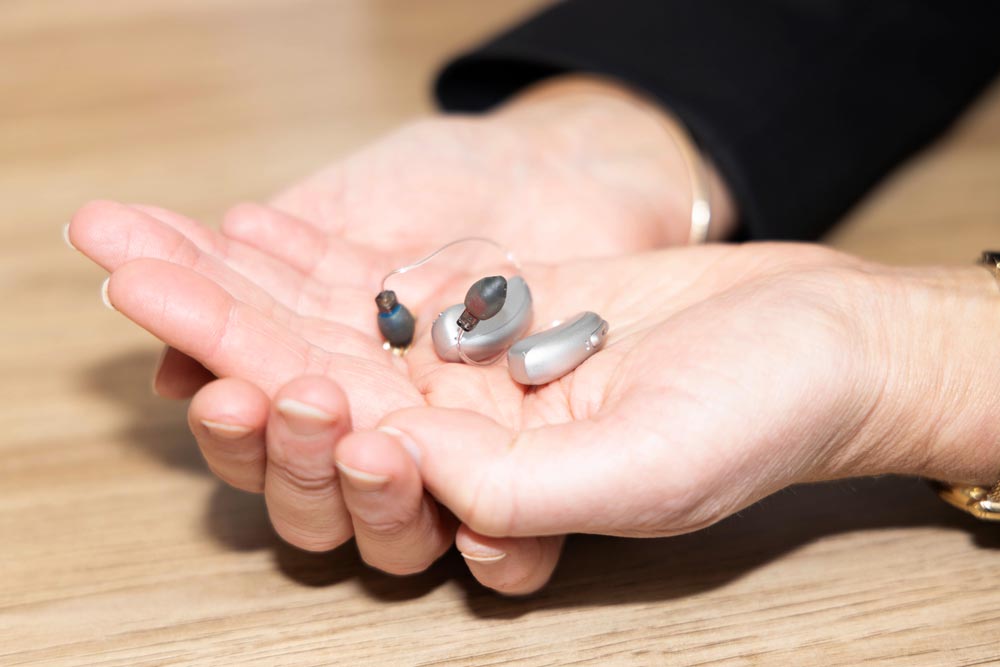Bellbird Hearing was established by local clinicians striving to provide world-class hearing healthcare to their local communities. Experience, expertise, independence and unbiased advice lie at the heart of their service, as Timaru audiologist Juliet Marsden explains.
The simple task of hearing is one many of us take for granted. It is regarded as one of our most important senses, enabling us to communicate in a way that none of our other senses can achieve. So, what do you do when this all too important sense starts to slow, or fail? A reality the majority of us will face. ‘Getting tested is the first step,’ shares audiologist Juliet Marsden. ‘So many of us just accept that our hearing is failing due to age, or even as the result of known noise damage during adolescence and careers, but it doesn’t have to be like that. We can help.’
For Juliet and her team at Bellbird Hearing, their favourite part of the job is seeing improvements with their clients, and the impact this can have on someone’s life. Following a hearing screen, which they offer free of charge, they guide their clients through the recommended solutions before fitting hearing aids a few weeks later.
‘The thought of hearing aids can be a barrier for some, but the continued advancement in technology means we are fitting hearing aids that are continuously decreasing in size,’ she continues, meaning they are often so discreet, those around you wouldn’t even know you had them on.
Technology has also allowed the wearer to be more empowered in their use of the aids. Connected to an app on smartphones, the volume can be adjusted depending on the situation. ‘In a crowd, for example, or a restaurant, you can adjust the settings at the touch of a button to have the voices [you’re trying to hear] come through over the background noise,’ she explains.
Like a regular checkup at the doctor or repeat eye tests for those with glasses, it is important to maintain hearing tests every 12–18 months once an aid has been fitted. ‘Things change and hearing aids don’t offer a one-size-fits-all approach,’ continues Juliet. ‘Sometimes a simple adjustment or the fitting of new aids can make all the difference. A difference sometimes you don’t even know is needed until after the fact.’
Providing a wider solution to hearing was the driving force behind the establishment of Bellbird Hearing. Having worked in Timaru for the last 13 years, Juliet knows the importance of being local and available to the community. It is an attitude shared by business partner Sam Sloane which is why together they have opened clinics in Timaru and in Christchurch, where Sam works. ‘A lot of clinics are owned by hearing aid manufacturers,’ says Juliet. ‘Which ultimately means they only sell hearing aids they make.
‘Bellbird Hearing is run by Kiwis for Kiwis, and as audiologists we are excited that we are able to fit what is needed, not only what is supplied, meaning we can purchase from various manufacturers, depending on our clients’ individual needs.
‘The earlier we can work with clients on assisting their hearing, the better the results,’ concludes Juliet. ‘It isn’t something we should be ashamed or embarrassed about. Age is a common influence in hearing loss and there has been a strong link identified between memory and hearing loss,’ with memory loss accelerated in those who have forgone the opportunity to save this all too important sense.
Defined as the faculty of perceiving sounds, our hearing is something that should be protected and looked after at all costs, as once it is gone, it’s gone. The question is, can you afford not to look after it?
For more information, visit www.bellbirdhearing.co.nz
Recent stories



All Rights Reserved | CountryWide Media


